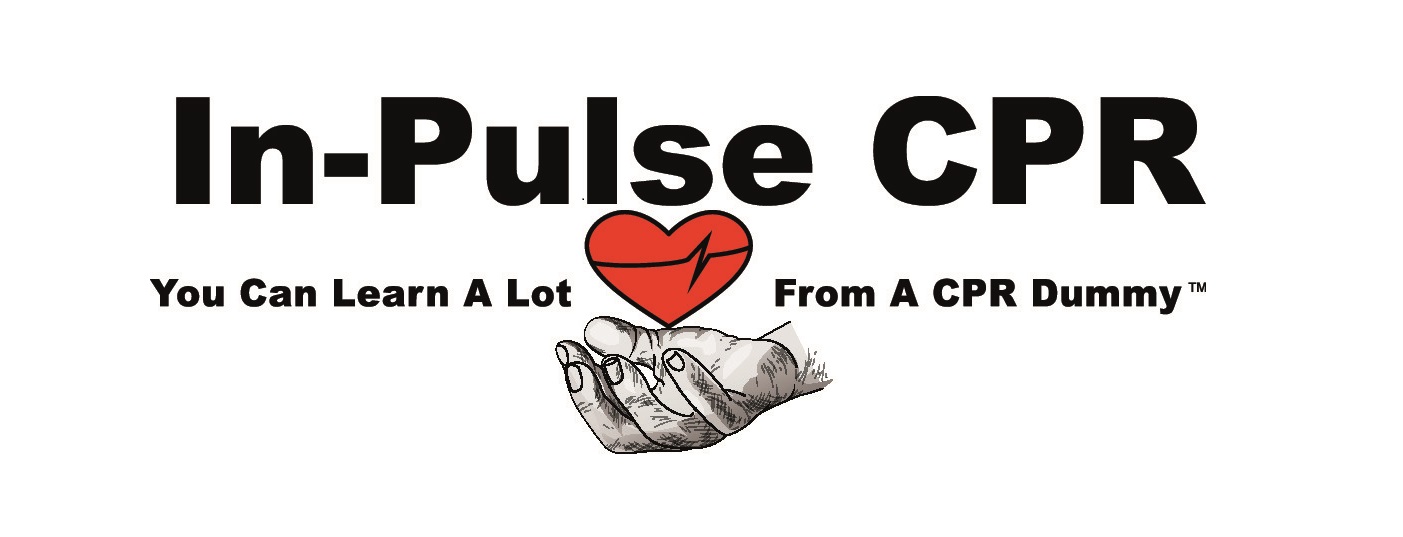AHA Key point 2015 – Hands Only CPR
By Peter J Klotunowitch
The American Heart Association (AHA) gave a “Call to Action” for bystander witnessed an out-of-hospital cardiac arrest of probable cardiac origin. The national news media picked this up and announced to the public that the new AHA recommendation is to do compression only Cardio Pulmonary Resuscitation. From the number of posted questions I’ve seen on-line there seems to be a lot of confusion.
This call to action for bystander does NOT apply to unwitnessed cardiac arrest, cardiac arrest in infants, children, or cardiac arrest presumed to be of non-cardiac origin, such as drowning, trauma, airway obstruction, acute respiratory disease and apnea (such as associated with drug overdose).
If this clarification begins to sound a bit confusing, let me try to simplify it a bit. The new recommendation seems to be directed towards the non-trained rescuer. The idea of having more people getting involved, in providing care, would lead to more successful resuscitation. Many people may be reluctant to get involved due to fear of contracting a disease (through mouth to mouth breaths) or being unable to provide proper CPR skills. The new guidelines are as follows:
* If a bystander is not trained in CPR, then the bystander should provide hands-only (compression) CPR, pushing in the middle of the chest hard and fast until an AED arrives or emergency personnel take over the care of the victim.
* If a bystander was previously trained in CPR skills and is confident in his/hers ability to provide rescue breaths with minimal interruptions in chest compressions, then the bystander should provide conventional CPR using the 30:2 compression to ventilation ratio.
* If a bystander was previously trained in CPR skills and is NOT confident in his/hers ability to provide conventional CPR, then the bystander should provide hands-only (compression) CPR, pushing in the middle of the chest hard and fast until an AED arrives or emergency personnel take over the care of the victim.
If you know your skills and are confident in performing them, the best care for the victim is still CPR with compressions and rescue ventilations. On the other hand if you are reluctant or have not had proper CPR training, then beginning chest compressions alone without rescue ventilations is beneficial to the victim and should be start immediately and only discontinued when someone with a higher skill or emergency personal arrive.



